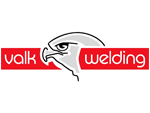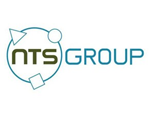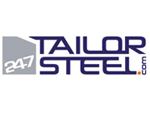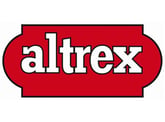ASML and the stove pipe...
And there it was again: the stovepipe metaphor. We were invited to a meeting at ASML in Veldhoven, The Netherlands. Meeting up to talk about the Togetr software solutions, in particular about the issue of supply chain logistics. Are there opportunities to increase the scalability of the supply chain due to digitization? Which planning concepts are important? Can the automotive supply chain serve as an example to the High Tech?
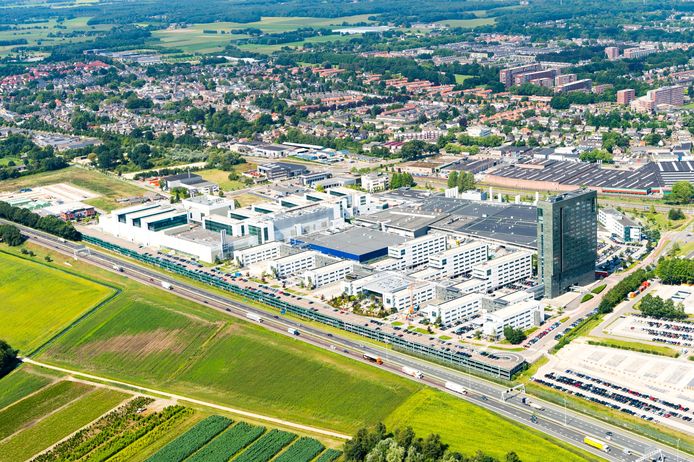
Photo: ASML campus Veldhoven
How can demand (quantities and quality) already be communicated in the supply chain when not complete specified or configured? And would it then be possible to provide more specific information to suppliers later on? What role can the elasticity of modern technology play in this? And can online mathematical optimization techniques play a role in improving the logistics performance of the supply chain?
Produce batch stove pipes or those special parts for -3 links down the chain- the ASML machine? And not for the first time, the stove pipe metaphor came up again in our conversations with High Tech companies. As ASML, how do you gain insight into 3rd or 4th tier supply companies to see whether they set the right priorities in their planning? In other words: does a 4th tier supplier choose to increase its production efficiency by producing a large batch of 'stove pipes'... resulting in the postponement of the production of a few - sometimes cheap - parts... which then delays the production of an essential component for the High Tech ASML machine further down the chain?
Read more about our vision on Supply Chain Integration in the High Tech sector: read our whitepaper.
Click here to Download our Whitepaper
Expensive machines can't wait... Just a small side step: ASML chip machines are very expensive, usually more than 100 million euros each. The next generation is already going to cost more than 250 million euros. ASML sold more than 300 of them in 2021. The advanced EUV systems are popular for increasing the production of 5 nm -logic and memory- chip production. These advanced chips - the size of a 'thumbnail' contain several billions of transistors and are used in smartphones, computers and other data processing devices.
It will take some time before high tech reaches the 'automotive' level of supply chain integration. The challenges are probably more complex. But the core is: the rapid development of information technology offers new opportunities for scalability and quality demand in High Tech. To develop transparent insight into the chain. To make sure the tier4 logistics manager understands that producing those few specials first for that one customer is more important than that batch of stove pipes!
